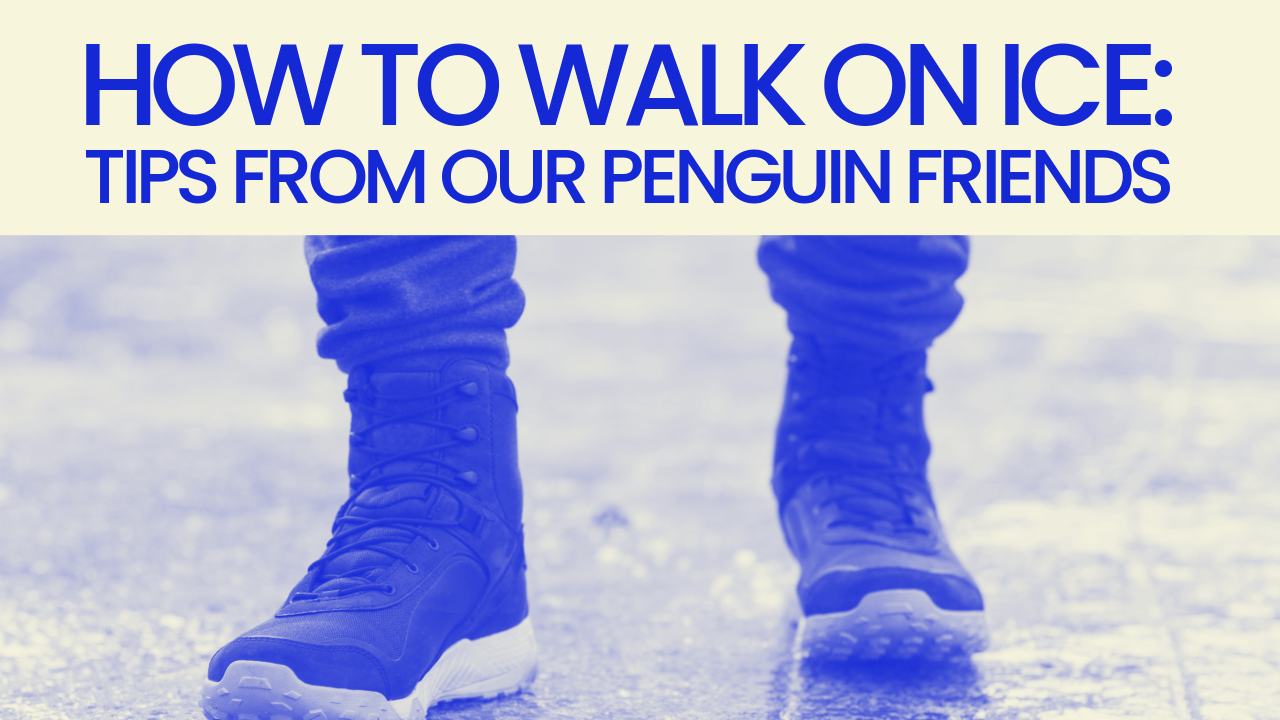
How to Walk on Ice: Tips from Our Penguin Friends
As winter blankets our surroundings in a beautiful layer of snow and ice, walking around can become quite the challenge. Slippery surfaces can lead to falls and injuries, making it essential to adopt safe walking techniques. Interestingly, one of the best examples of mastering slippery conditions can be found in the animal kingdom—specifically, in penguins! These charming creatures have evolved unique methods for moving safely across icy surfaces. Here’s what we can learn from them to stay safe this season.
Step Down, Not Out
When stepping off curbs or the edge of a walkway, remember to step down rather than out. This helps to maintain your balance and reduces the chances of slipping. Positioning your body makes a significant difference, especially when pavement looks icy.
Keep Your Knees Slightly Bent
Bending your knees can lower your center of gravity, which aids in maintaining balance. Keeping your knees relaxed can absorb any sudden shifts in your weight, helping you respond quickly if you start to slip.
Prefer Snow or Grass When Possible
If you find yourself walking near snow or grassy areas, consider traveling on those surfaces instead of ice. Snow can offer more grip than ice, and grass provides a completely different texture that is much easier on your feet. When given the choice, opt for the softer path!
Keep Your Weight Forward
Adopting a forward posture by keeping your weight on your front foot can help improve your stability. Leaning slightly into your steps will promote better balance and control when moving across slippery surfaces.
Use Your Arms for Balance
Penguins have mastered the art of balance, and so can you! Keeping your arms out to your sides forms a natural counterbalance. This position allows for greater stability as your body adjusts to any shifts in your center of gravity.
Walk Flat-Footed and Shuffle
Taking short, shuffling steps with your feet flat on the ground can be a highly effective way to navigate ice. This method helps maintain your grip on the surface while minimizing the chances of losing balance. Think of it as a natural attempt to mimic the penguin’s waddling gait!
Choose the Right Footwear
Investing in appropriate footwear is crucial for icy conditions. Look for shoes or boots with good traction, which can significantly reduce the risk of slipping. Footwear specifically designed for winter conditions can provide additional grip and stability.
Avoid Distractions Like Cell Phones
Stay alert while walking on icy surfaces. Avoid using your cell phone to ensure your focus remains on your footing and surroundings. Distracted walking increases the chances of mishaps on slippery sidewalks or roads.
Utilize Handrails Whenever Possible
If you encounter stairs or ledges, take full advantage of handrails. Always look to maintain a secure grip as you navigate tricky spots. This extra point of contact can offer substantial support when you need it.
Maintain Three Points of Contact in Vehicles
When getting in and out of a car, ensure you have three points of contact. This means two hands and one foot, or two feet and one hand engaged with the vehicle. This technique enhances your stability and reduces the likelihood of slipping or falling.
Final Thoughts
Walking on ice can be daunting, but with these practical tips inspired by penguins, you can improve your safety this winter. The key lies in adjusting your walking techniques, choosing the right gear, and staying aware of your surroundings. By embracing these tips, you can navigate winter’s icy challenges with confidence and grace. Remember, safety is a step in the right direction, one careful footfall at a time!




